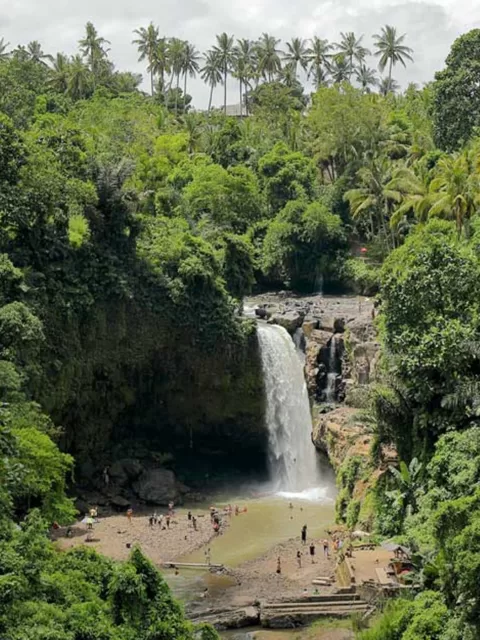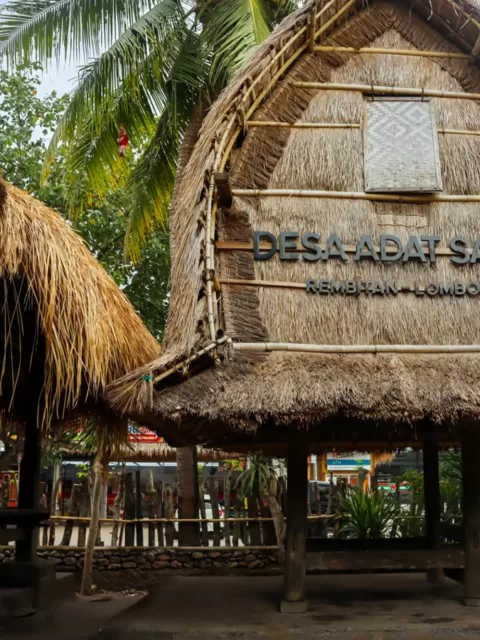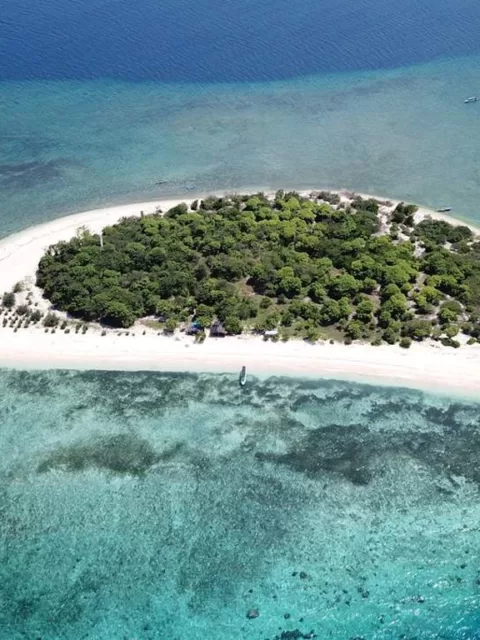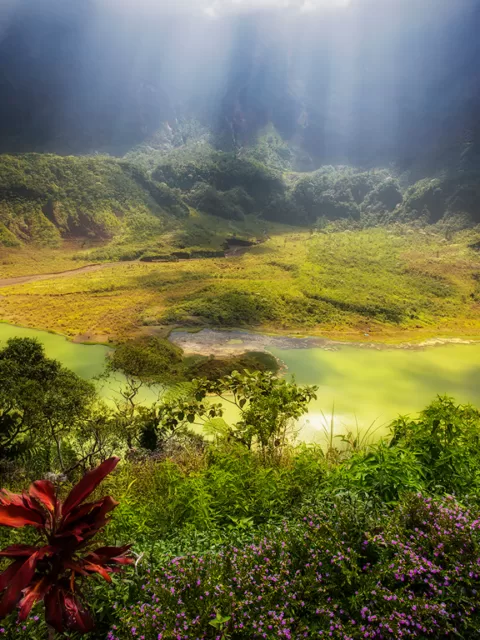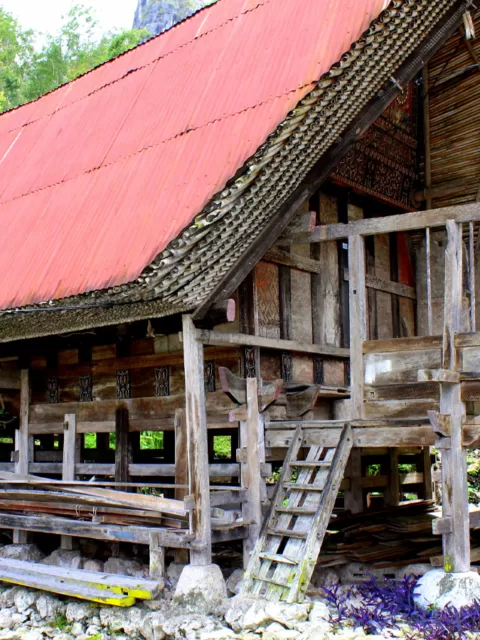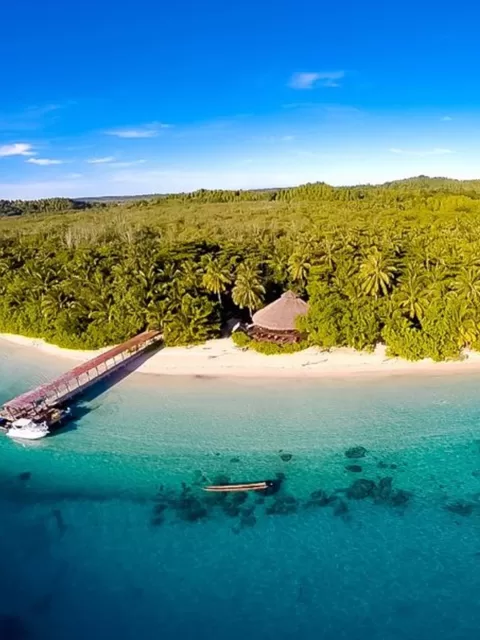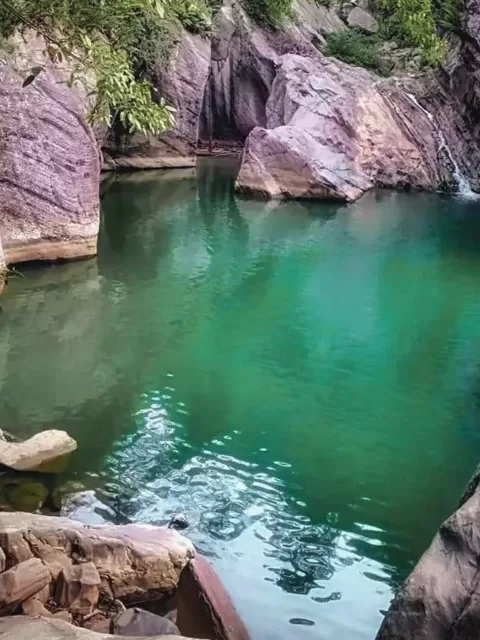Sundanese Essence The Heartbeat of Indonesia’s Suku Sunda
Overview of Sundanese Culture The Sundanese, or “Suku Sunda,” are an integral part of the diverse ethnic groups of Indonesia. Predominantly found in West Java, the Sundanese community stands out with its rich cultural heritage, distinct from other indigenous communities in Indonesia. Their language, art, dance, and culinary delights make them one of the most prominent ethnolinguistic groups in Indonesia, contributing significantly to the cultural diversity of the nation.
The Cultural Allure for Indonesia Travel Traveling to Indonesia provides a rare opportunity to immerse oneself in a myriad of tribal cultures. Among them, the Sundanese traditions offer an unparalleled allure, bridging the past with the present, and nature with humanity. The vibrant arts, ancestral practices, and indigenous storytelling of the Sundanese paint a vivid tapestry of life that beckons travelers to West Java.

II. Sundanese Culture: Unveiling West Java’s Rich Heritage
A. Wayang Golek and Jaipong Dance Wayang Golek, the traditional rod puppet theatre, is a celebrated art form that narrates ancient Sundanese tales. Alongside this, Jaipong Dance, with its rhythmic beats and expressive movements, represents the heartbeat of Sundanese performing arts. Both reflect the indigenous art and crafts of Indonesia, preserving stories passed down through generations.
B. Batik Sunda: The Traditional Fabric Art While batik artistry is widespread across Indonesia, Batik Sunda holds a unique place with its distinct patterns and colors that capture the essence of West Java. The motifs often depict local folklore, nature, and daily life, encapsulating the ancestral practices of Sundanese tribes.
C. Sundanese Cuisine: A Gastronomic Delight Sundanese cuisine is a reflection of West Java’s bountiful nature. Utilizing fresh ingredients from lush paddy fields, mountains, and rivers, it offers flavors that are both subtle and vibrant. From sambal to saur vegetables and grilled fish, every dish is a testament to the culinary diversity in Indonesia.
III. Wayang Golek: A Pinnacle of Sundanese Performing Arts
A. Cultural Significance Wayang Golek, beyond its entertainment value, serves as a medium for moral and philosophical reflection. The puppet shows, steeped in indigenous storytelling, often narrate epics, offering lessons in righteousness, duty, and human values. They provide a window into the traditional knowledge of Indonesian tribes.
B. Attending Wayang Golek Performances For a traveler, a Wayang Golek performance is a night of enchantment. Under the starlit sky, with the silhouette of puppets dancing and the harmonious tunes of the gamelan, the tales come alive. These performances offer a deep dive into the indigenous heritage of Indonesia.
C. Wayang Golek and its Role in Indonesia Travel Promotion of Wayang Golek performances for tourists not only preserves this art form but also enhances the cultural experience for visitors. Integrating such performances into travel itineraries introduces tourists to the heart of Sundanese culture, making their Indonesian journey truly memorable.

IV. Jaipong Dance: The Mesmerizing Rhythm of West Java
A. Jaipong as a Traditional Dance Form Originating from the Sundanese community, Jaipong dance is an electrifying blend of martial arts, folk dance, and traditional music. The dynamic movements, complemented by vibrant costumes, make Jaipong a visual and auditory spectacle, celebrating the cultural preservation among Indonesian tribes.
B. Participating in Jaipong Workshops Many cultural centers and institutions in West Java offer Jaipong workshops for visitors. Engaging in these sessions, travelers not only witness the dance but also get a hands-on experience, learning the basics and understanding the significance behind each movement.
C. Jaipong’s Cultural Influence on Indonesia Travel Jaipong dance, with its captivating allure, has been integrated into many cultural events aimed at tourists. It serves as an emblem of Sundanese culture, drawing travelers into the rhythmic world of West Java and enhancing the ethnographic diversity they experience during their Indonesian journey.
V. Batik Sunda: Masterpieces of Sundanese Artistry
A. The Art of Batik-Making in West Java West Java, particularly the Sundanese regions, boasts a rich tradition of batik-making, an art form that uses wax-resist dyeing techniques on cloth. Batik Sunda, unlike its Javanese counterpart, carries distinctive motifs inspired by the local environment, folklore, and everyday Sundanese life. Each pattern narrates a story, reflecting the indigenous storytelling tradition of Indonesia.
B. Visiting Batik Workshops and Artisans For those seeking an immersive experience, West Java offers countless workshops where travelers can watch artisans meticulously craft Batik Sunda. These workshops provide a deep understanding of the batik process, from sketching designs to the final dyeing, unveiling the layers of ancestral practices of Indonesian tribes.
C. Collecting Batik Sunda as Souvenirs Batik Sunda makes for an exquisite souvenir, a tangible memory of West Java. Whether it’s in the form of clothing, wall hangings, or scarves, owning a piece of Batik Sunda is like possessing a fragment of Sundanese soul, intricately woven and dyed into fabric.

VI. Culinary Marvels: Savoring Sundanese Delicacies
A. Iconic Sundanese Dishes Sundanese cuisine, renowned for its fresh and natural ingredients, offers a plethora of dishes that tantalize the palate. ‘Nasi Timbel’ wrapped in banana leaves, succulent ‘Ayam Goreng’, and the refreshing ‘Sayur Asem’ soup are just a few delights that showcase the ethnic identities in Indonesia’s culinary landscape.
B. Exploring Local Markets and Street Food West Java’s markets brim with vibrant colors and aromas. Strolling through these markets offers a sensory experience, from tasting ‘Kerak Telor’ (rice omelette) to sipping on ‘Bajigur’ (a warm drink made from coconut milk and palm sugar). The street food scene stands as a testament to the cultural diversity in Indonesia, each stall narrating its own delicious tale.
C. The Culinary Expedition in West Java during Indonesia Travel For travelers, exploring Sundanese cuisine is a journey of discovery. Culinary tours, which often include visits to local farms, cooking classes, and market strolls, provide an insight into the traditional knowledge of Indonesian tribes, all while savoring mouthwatering dishes.

VII. Warm Hospitality and Cultural Connections
A. Sundanese Hospitality Traditions The Sundanese are known for their warm ‘Silih Asih’ (compassion towards one another). This trait is evident in their hospitality, where guests are treated with utmost respect and generosity. Such interactions reflect the true essence of tribal cultures of Indonesia, where relationships are cherished and celebrated.
B. Homestays and Interaction with Local Communities Opting for homestays is an excellent way for travelers to experience Sundanese culture firsthand. Living with a local family, participating in their daily routines, and engaging in conversations provides a deeper understanding of native customs and rituals in Indonesia.
C. Cultural Exchange Opportunities for Travelers West Java offers myriad opportunities for cultural exchanges. From learning the local language to participating in traditional ceremonies, travelers can immerse themselves in Sundanese life, fostering connections and memories that last a lifetime.
VIII. Exploring Sundanese Arts and Traditions
A. Preservation of Sundanese Cultural Heritage The Sundanese community, with immense pride in its heritage, has undertaken significant efforts to preserve its arts and traditions. Museums, cultural centers, and educational institutions in West Java are dedicated to showcasing and teaching Sundanese arts, ensuring their continuity for future generations.
B. Participating in Sundanese Music and Arts For those inclined towards arts, numerous workshops in West Java teach traditional Sundanese music, dance, and craft. Engaging in these workshops offers travelers a hands-on experience, from playing the ‘Angklung’ (a musical instrument made of bamboo tubes) to crafting traditional Sundanese jewelry.
C. Festivals Celebrating Sundanese Traditions Throughout the year, West Java comes alive with festivals celebrating its rich heritage. These festivals, with their music, dance, and traditional games, offer a vibrant glimpse into the ethnographic diversity in Indonesia, making them a must-visit for travelers.

IX. Natural Wonders of West Java
A. Breathtaking Landscapes and Scenic Beauty West Java is not just culturally rich but is also endowed with nature’s bounty. From the serene beaches of Ujung Genteng to the majestic Tangkuban Perahu volcano, the region offers landscapes that are a treat to the eyes and soul.
B. Eco-Tourism and Adventure Activities For the adventure enthusiasts, West Java presents a plethora of activities. Be it trekking through lush forests, rafting in roaring rivers, or exploring hidden waterfalls, the region promises an adrenaline rush while ensuring ecological sustainability.
C. Ecological Treasures of West Java for Indonesia Travel Promoting eco-tourism has been at the forefront for Indonesia, and West Java, with its rich biodiversity, stands as a testament to this initiative. The Cagar Alam Pangandaran (Pangandaran Nature Reserve) and the Gunung Gede Pangrango National Park are among the ecological treasures that offer travelers a glimpse into the indigenous flora and fauna of the region.

X. Conclusion
A. Embracing Sundanese Culture in Indonesia Travel As travelers venture through West Java, embracing the Sundanese culture becomes an enriching experience. The arts, traditions, and natural wonders of the region provide a holistic journey, encompassing both the tangible and intangible heritage of Indonesia.
B. The Unforgettable Cultural Experience in West Java From the rhythmic beats of Jaipong dance to the tranquil beauty of its landscapes, West Java leaves an indelible mark on every traveler’s heart. The region stands as a testament to the cultural diversity in Indonesia, offering a mosaic of experiences.
C. Encouraging Travelers to Explore Sundanese Traditions and West Java’s Natural Splendor In conclusion, West Java beckons travelers with its rich tapestry of culture and nature. By exploring the Sundanese traditions, indulging in its culinary delights, and basking in its natural beauty, visitors not only enrich their own lives but also contribute to preserving the invaluable heritage of one of Indonesia’s most cherished ethnic groups.





